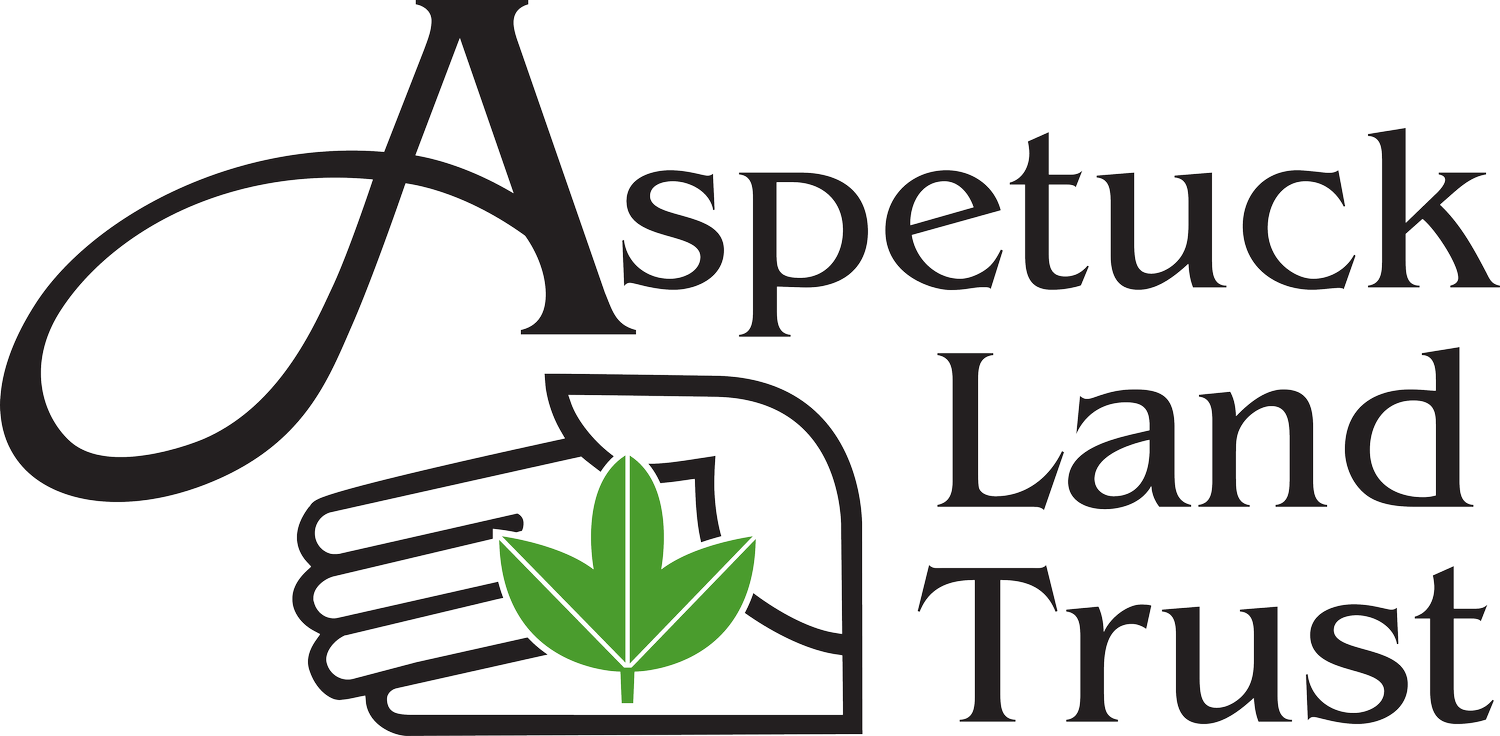Top 6 Common Landscape Plants to Find & Replace
Bradford Pear → Shadbush
Many people don’t realize they have an invasive Bradford Pear Tree on their property: this is because they are still used widely in landscaping! If you can’t wait to get that pesky plant out of sight, this is the upgrade you’ve been looking for. Happy in full sun to part shade, Shadbush (also known as Serviceberry) will grow 15’-20’. Shadbush blooms in April to give way to tasty fruit in June. Part of a healthy diet for the gardener and songbird alike! If you need to maintain a more formal look, we suggest "Cherokee Princess'' Dogwood.
Barberry → Witch Alder (Dwarf Fothergilla)
Barberry… where to start with this plant?! It not only is a nasty thorny invasive, it helps proliferate Lyme’s Disease. Ready for an upgrade yet? Witch Alder has wonderful white spring flowers and puts on beautiful show in the fall. This variety of Witch Alder (Fothergilla) makes an amazing hedge. Other alternatives are: New Jersey Tea and Bush Honeysuckle...they are all beautiful and beneficial and NO thorns! If you’re after a more similar look to barberry, check out the dwarf inkberry (Ilex glabra ‘Shamrock’).
Rosa Rugosa → Rosa Virginiana
Our native beach rose is so much more fragrant and less aggressive than the Asian Rosa Rugosa we see more commonly planted. Not to mention Rosa Virginiana is more important for our pollinators and birds. Rosa Rugosa is actually restricted in some states (like MA)
... So that should tell you something. If you have a coastal property or just an area of sunny, dry soil bring this native beauty to your yard and show off your New England pride!
Privet → Bayberry
With its versatile nature, elegant foliage and bird-attracting fruit, who would hesitate using bayberry instead of privet? Privet is highly invasive and can easily take over a forest understory. Plus, did we mention you can make a delicious bayberry tea…
Purple Loosestrife → Swamp Milkweed
Swamp Milkweed loves the same type soil as Purple Loosestrife but is much better behaved...because it actually belongs here! Our native pollinators love it and it is a host for the Monarch caterpillars. Nobody likes bullies and Loosestrife is an invasive bully!
Burning Bush → Highbush Blueberry
Autumn in New England is a beautiful time of year, and having the right plants to help you celebrate is always a good idea! Burning Bush became popular for this reason, but it dominates ecosystems and provides little to negative ecological value. Highbush blueberry has beautiful red fall color with the bonus of… you guessed it: blueberries!








